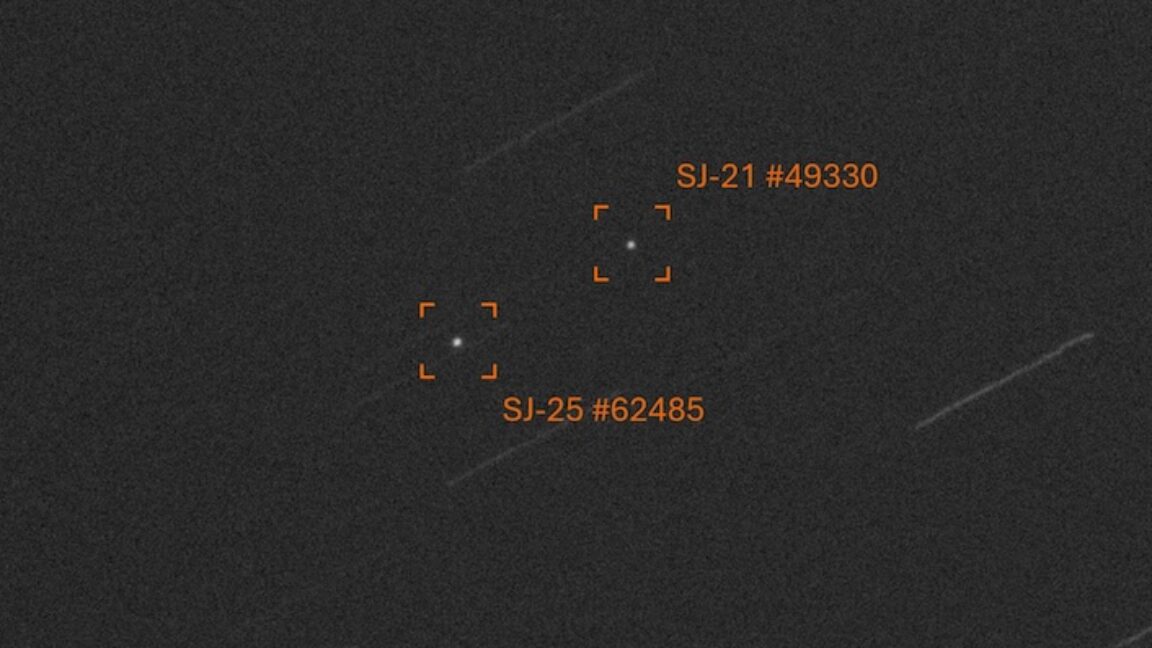
"The Chinese satellites SJ-21 and SJ-25 merged on July 2, remaining together in geosynchronous orbit for potential orbital refueling."
"SJ-25 was launched to verify satellite fuel replenishment and life extension technologies, while SJ-21 previously demonstrated space debris mitigation."
"China’s docking technologies have dual-use applications, indicating potential military capabilities such as capturing and disabling foreign satellites."
"The U.S. Space Force is also exploring orbital refueling to extend military satellite operations, reflecting a strategic interest in dynamic space operations."
On July 2, the Chinese satellites SJ-21 and SJ-25 merged in geosynchronous orbit, indicating a high-altitude orbital refueling attempt. SJ-25 aims to validate technologies for satellite fuel replenishment and life extension. Meanwhile, SJ-21 had previously tested space debris mitigation by towing a defunct satellite. These technologies have dual-use capabilities, potentially allowing for the capture and incapacitation of foreign satellites. The U.S. Space Force similarly pursues orbital refueling concepts to extend the operational lifespan of its military satellites, showcasing a growing interest in dynamic space operations.
Read at Ars Technica
Unable to calculate read time
Collection
[
|
...
]